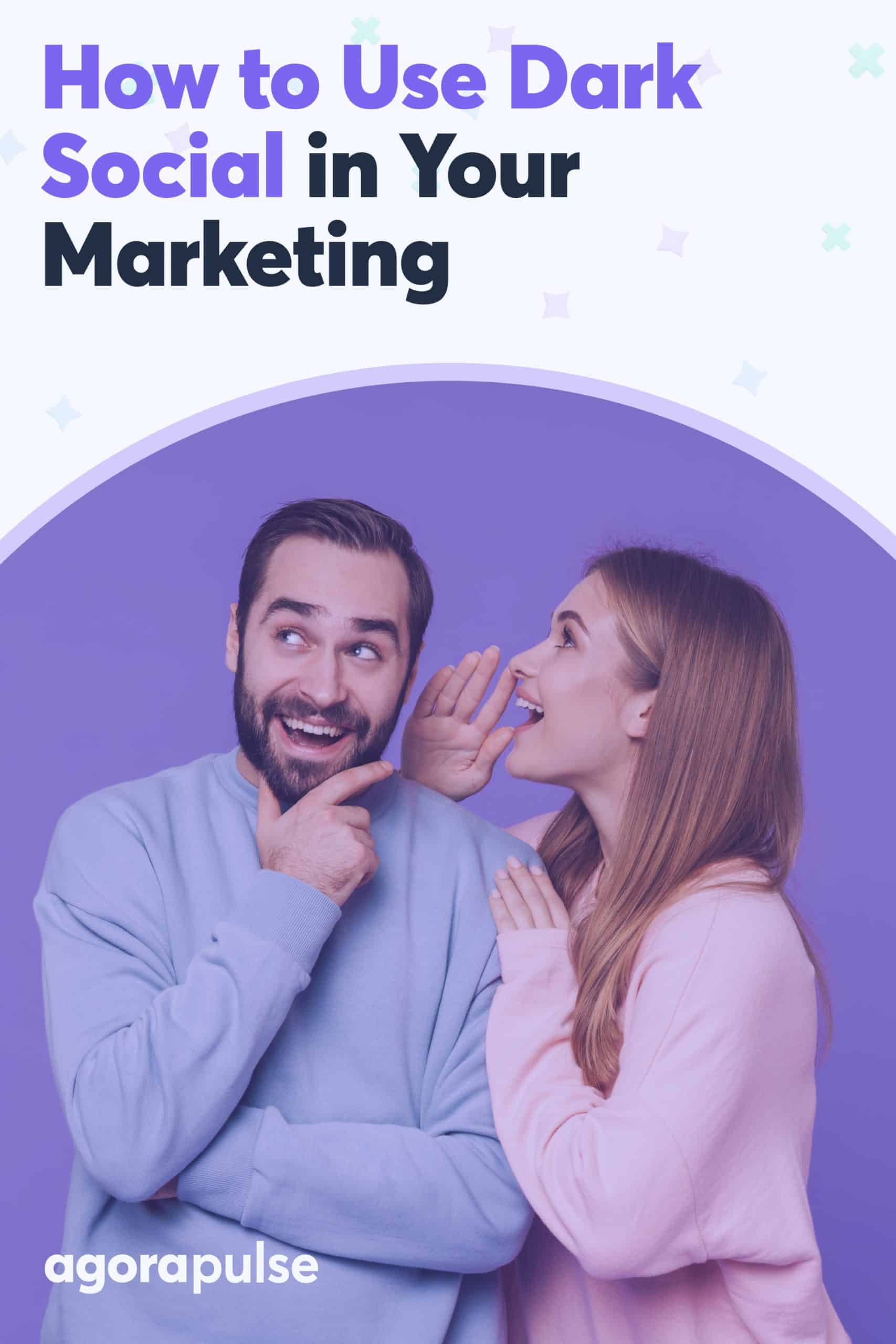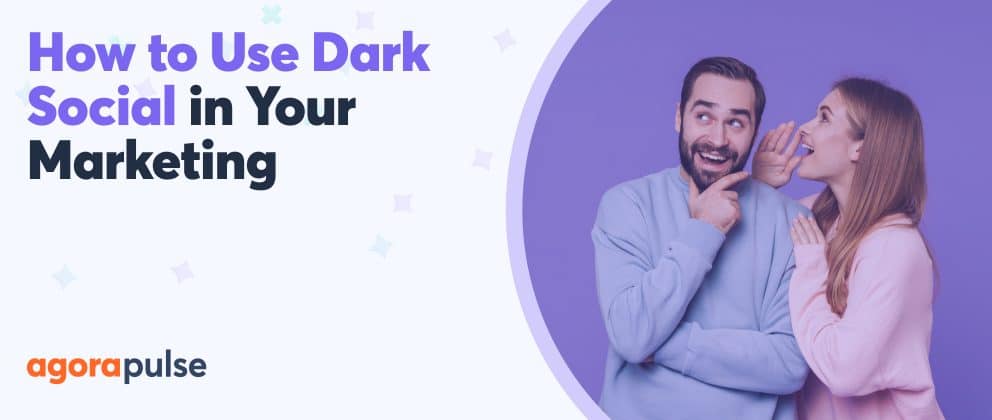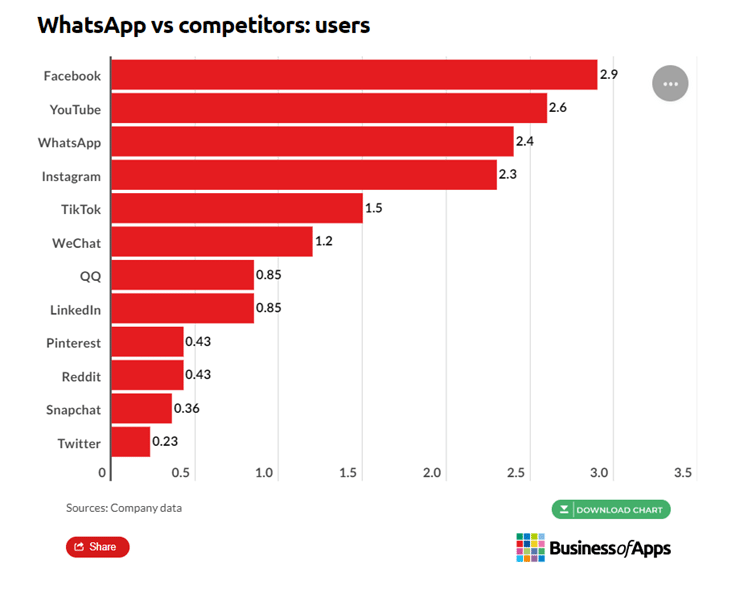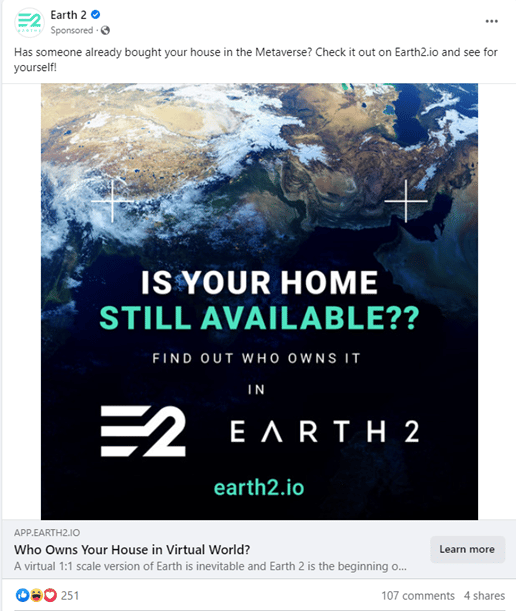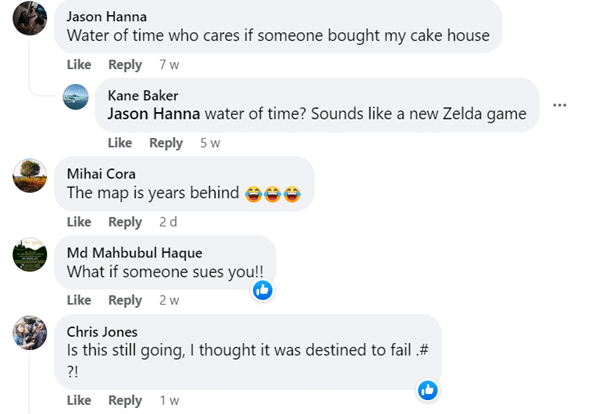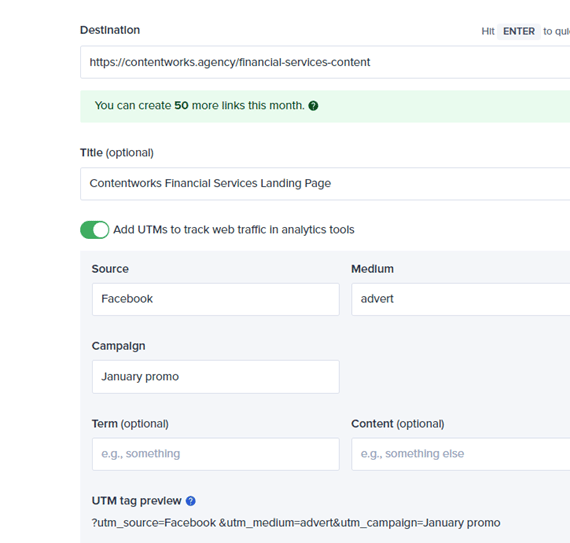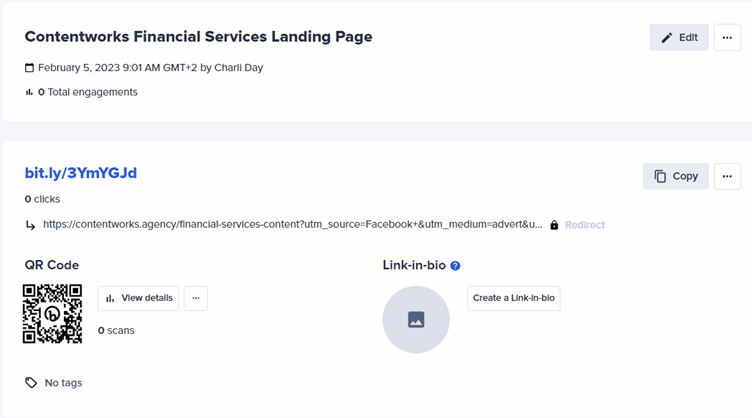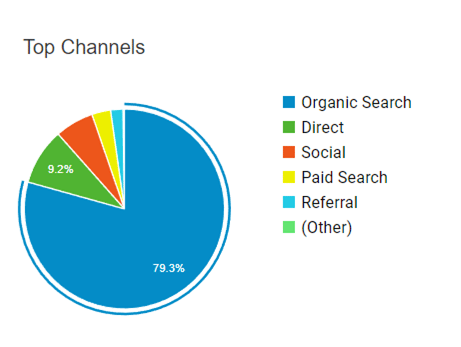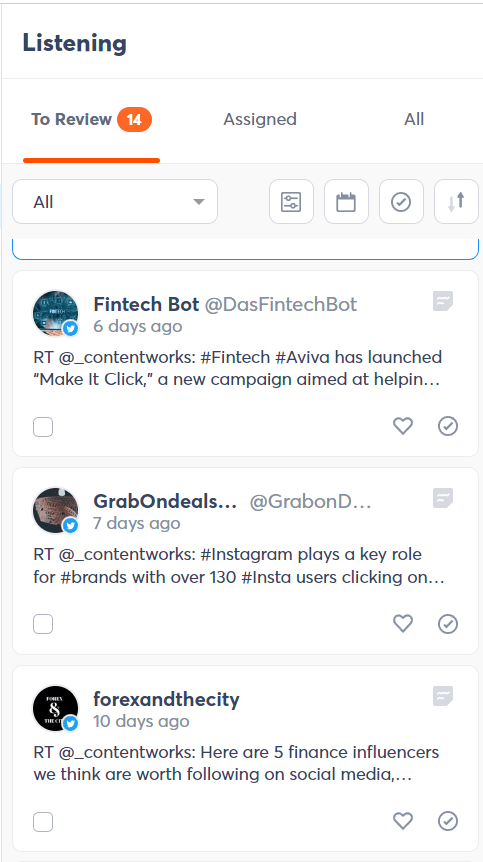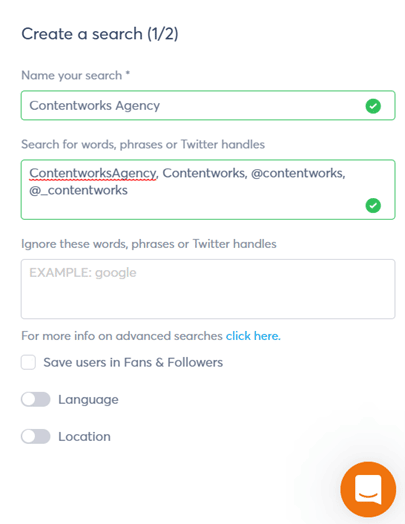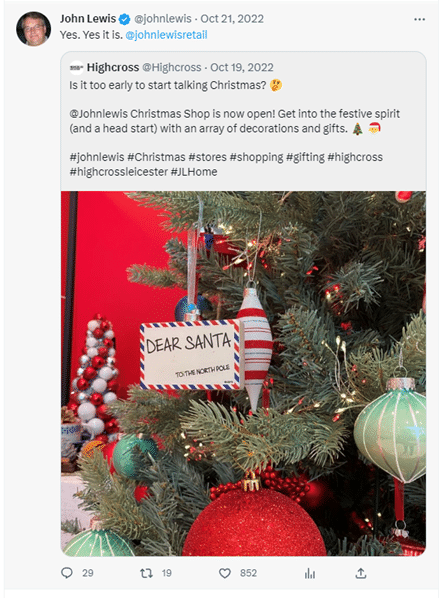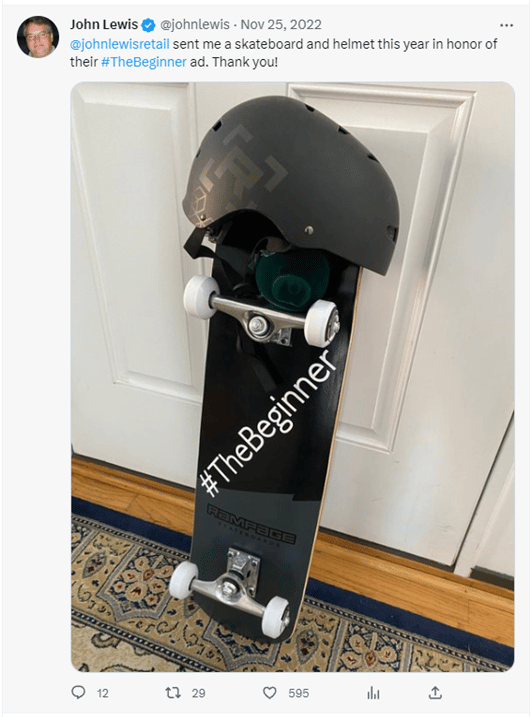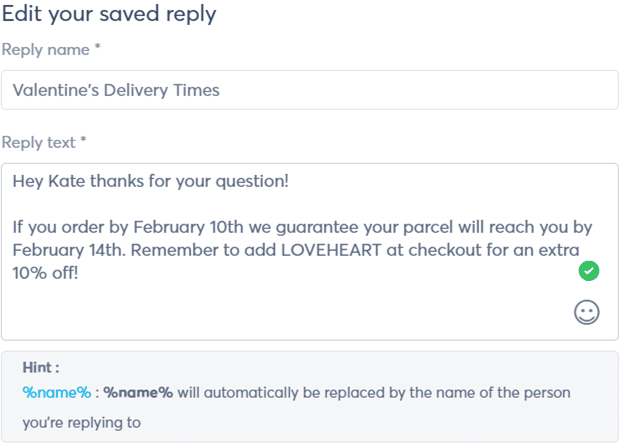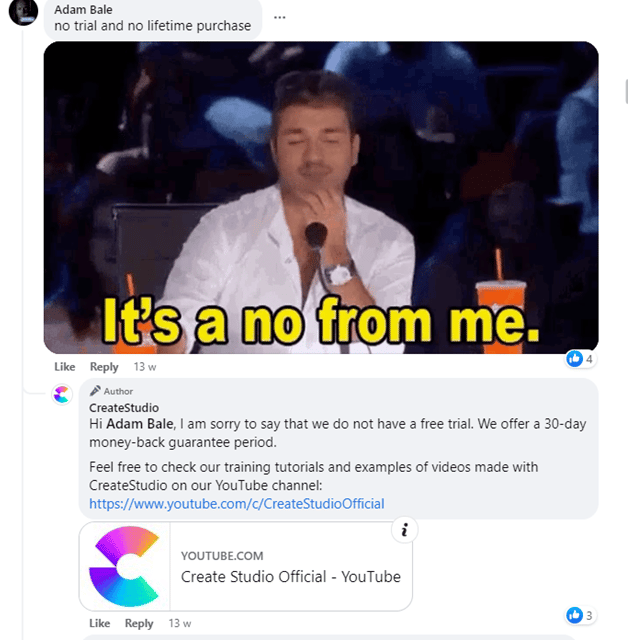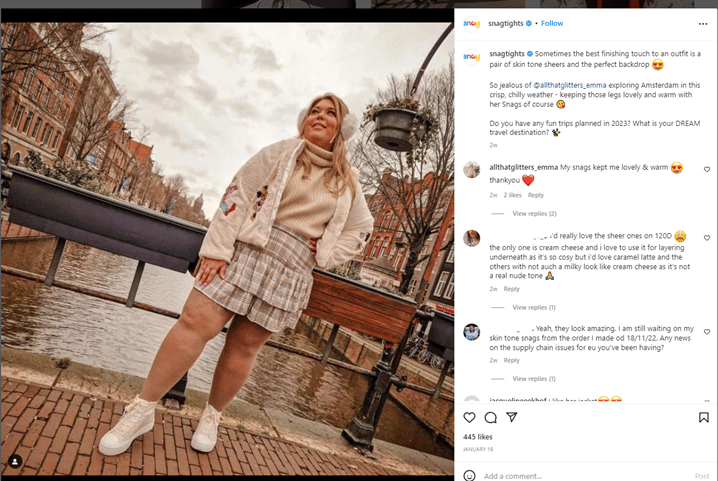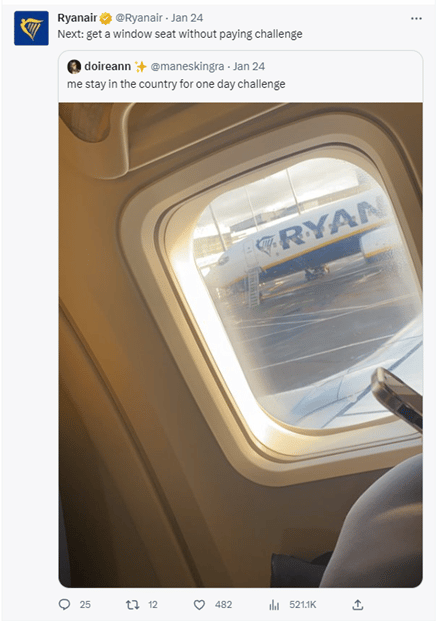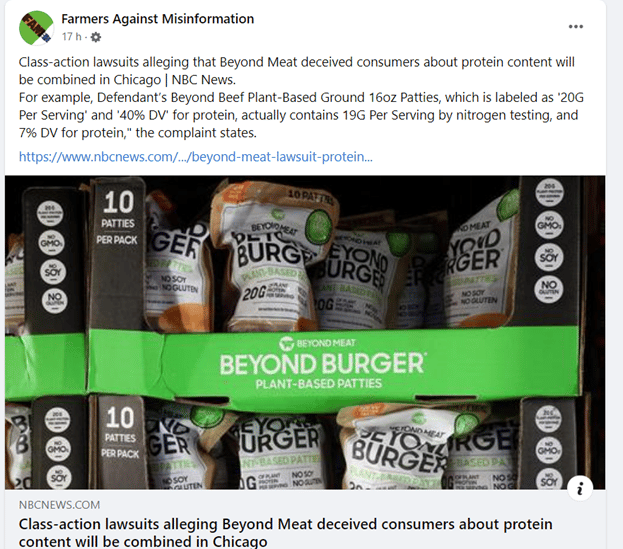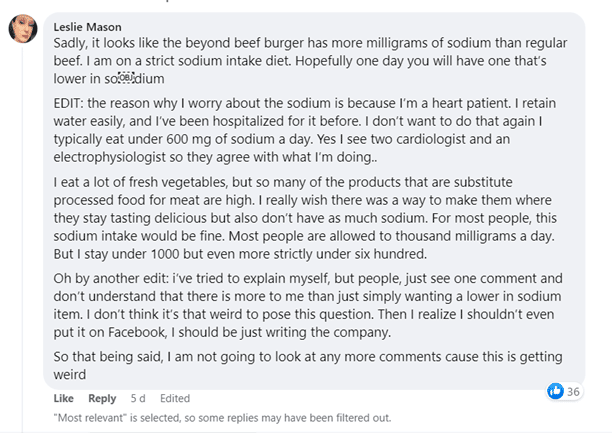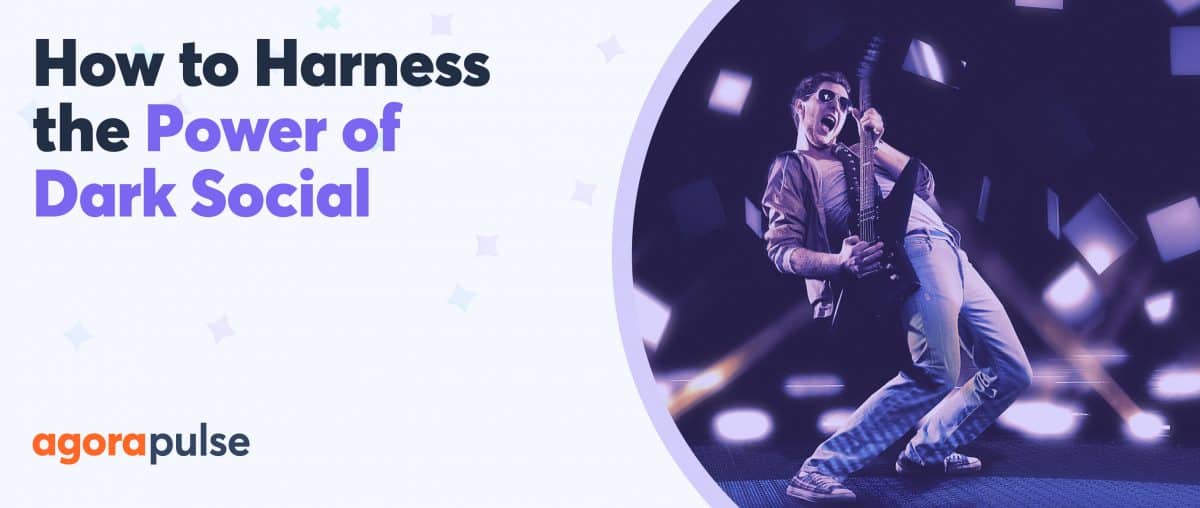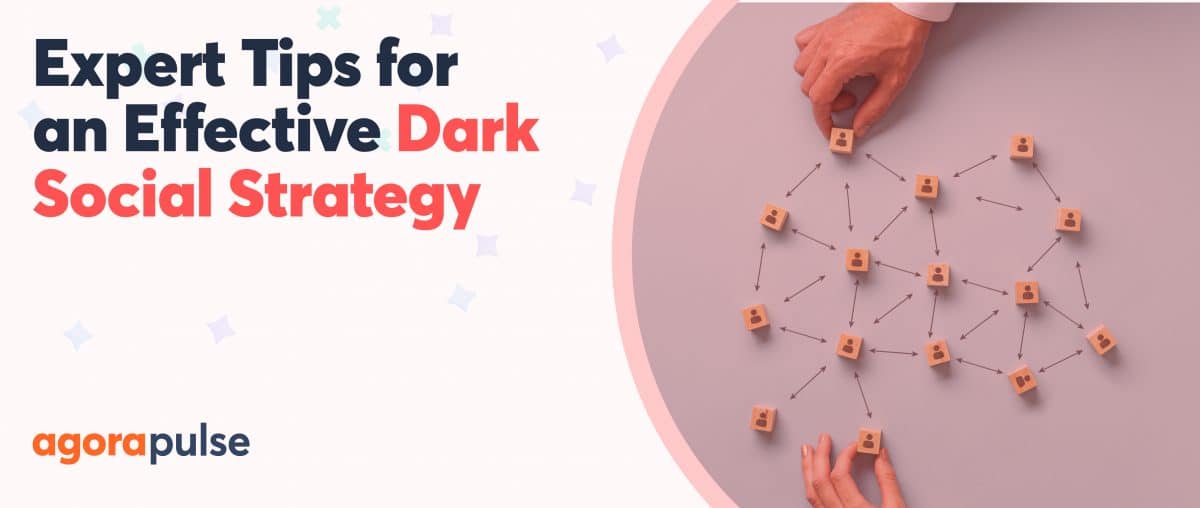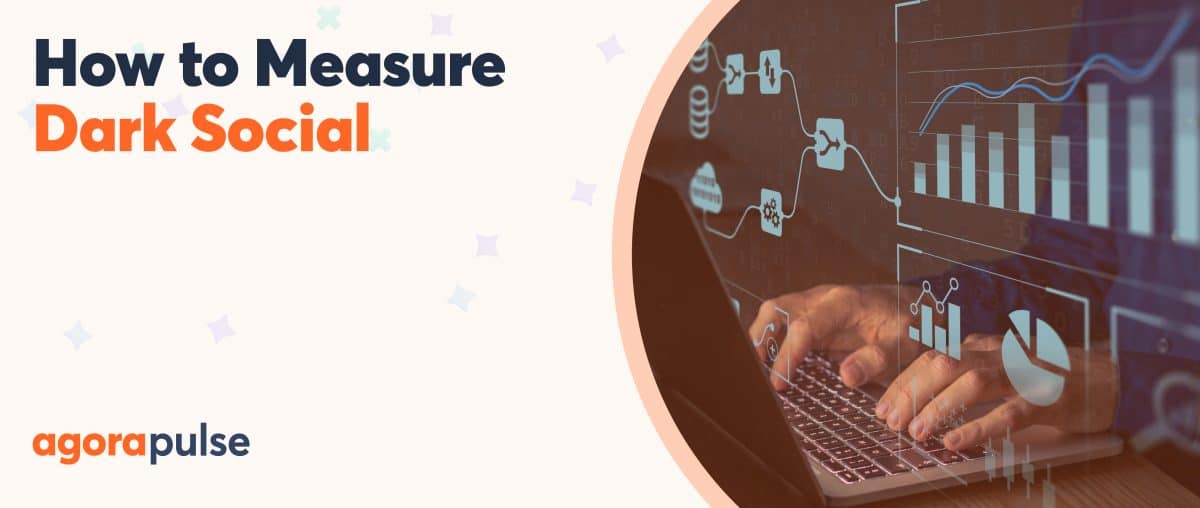With increased pressure to track metrics and spend and an inability to track social media activity, marketers are troubled by dark social right now. But what is dark social? And how can you use it in your marketing?
hbspt.forms.create({
region: “na1”,
portalId: “8477337”,
formId: “d7171337-f180-4afb-9fdf-8c08a374f0cc”
});
Let’s walk through the strange world of dark social.
What Is Dark Social?
“Dark social” was coined by American journalist and author Alexis Madrigal back in 2012 when he asserted that we are not seeing the full picture in regards to social traffic.
He wrote:
“There are circumstances, however, when there is no referrer data. You show up at our doorstep and we have no idea how you got here … This means that this vast trove of social traffic is essentially invisible to most analytics programs. I call it DARK SOCIAL.”
Since then, marketers use the term “dark social” to describe web traffic, comments, and discussions that are hard to track. Interestingly, these are the spaces where buyers are influenced but not by your brand.
At least 84% of outbound sharing from consumers now takes place in dark social channels, like email, social networks, and instant messaging. Marketers also use terms like dark funnel, dark traffic, and dark social media which are all in the same realm. (Many marketers may confuse “dark social” with the “dark web,” which it is not.)
What Are Some Dark Social Examples?
Buyers are taking an entirely new approach to make purchasing decisions. They are using social media threads, Slack communities, forums, podcasts and forum recommendations to find what they need.
The problem is that marketers who don’t understand the dark social space may be skewing their own data and metrics. And all this doesn’t sit well with CEOs and CMOs who want to track their marketing dollars.
Before we get into some examples, let’s look at the spaces where dark social exists. The list is extensive and might surprise you.
- Facebook Ad Comments: While page admins will get notified about comments and likes on their pages, the same is not always true for ads. Often, brands will place Facebook ads and not respond to the dark social comments left under them. That’s because they don’t get notifications in the usual place. This can allow commentators to hijack the comments section of the ad you’re paying for.
- Email: Most email providers don’t pass on referral information to brands. That’s unless you’re tracking URLs and the recipient is clicking on those.
- Podcasts: Google and Apple podcasts are counted as dark social because they spark discussions and debates that cannot be tracked by brands. If 1000 people purchase a candle because it was mentioned in a podcast with no trackable link, how would the brand know? They probably wouldn’t.
- WhatsApp and Messenger: WhatsApp ranks number 1 in 63/100 countries. Recommendations and discussions are private (rightly so) and so cannot be tracked. Messenger ranks 4th with 1.3 billion users. Ads are shown in Messenger and the platform can retarget you based on your discussions. But any website visit from a link shared in Messenger can’t be attributed.
Remember there are many more messaging apps, some of which are unique to China or Asian countries. WeChat and QQ below are growing in popularity.
- Slack, Basecamp, Skype, and Zoom: These are key spaces where professionals have conversations and make purchasing decisions. These are rarely trackable or attributed to the source.
- Word of Mouth: Texts, calls, and in-person conversations are also dark social because any web traffic or purchases resulting from them cannot be traced back.
Dark Social Example
Check out this example of dark social underneath a Facebook ad from Earth 2 (Tragically, because I write about digital marketing, I get all the metaverse ads!).
The brand probably doesn’t know these comments exist. It therefore cannot chip in with either information or witty replies. The brand is also unable to gauge the sentiment of the comments section for feedback or learning lessons.
Finding comments in your Facebook Ads Manager takes a lot of time, and there’s no inbox to collect or organize it all. You also don’t get notifications for new comments, so you aren’t moderating dark social in real time on your ads. Replying to a thread five weeks later is not a good look for any brand!
How Do You Measure Dark Social?
It seems like I’m asking how to catch a rainbow or measure a cloud right? Actually, there are ways to measure dark social.
So how can you measure what you can’t see? Here are a few ways you can measure this elusive space.
1. Track your URLs
This is nothing new for marketers but a lot of us still don’t do it consistently. (Yes, I’m also guilty of skipping the tracking part at times.) An easy way to start measuring dark social traffic is to use URL shorteners.
Most marketers use Bit.ly to track outbound links. Shorter links look tidier and save on characters for platforms like Twitter. An important point to note though is that Bit.ly is now a paid service and only allows you 50 free link shortenings per month.
Tracking URLs is simple. Just input the original url and UTM metrics. The more specific you are here, the clearer your analytics will be. Bit.ly also allows you to generate a QR code from your link which is also pretty cool.
Once you create your shortener URL, you can copy it to social media posts, use it in ads or even add the QR code to brochures and business cards. Our original long URL becomes https://bit.ly/3YmYGJd, which is clickable and trackable.
A bonus for Agorapulse subscribers is that the platform has its own built in link shortener! That way you can turn on tracking for campaigns as you’re scheduling content. Love how easy this is!
2. Monitor Google Analytics
Google Analytics allows you to monitor traffic and conversions. Plus, you can create reports based on behavior, location, or any other traffic attribute.
Google Analytics doesn’t entirely eliminate the “dark social” element, though. Direct traffic is usually the place where most of your dark social traffic is recorded. But, and it’s a big but, it’s also where people can type URLs directly or even bookmark a page. There are ways to exclude this and drill down into specifics, but it isn’t always straightforward.
As you can see, at Contentworks Agency, 9.2% of our traffic is Direct.
Google Analytics is mainly good for viewing traffic, but it won’t show you what people said underneath your ads. Wait for it…
Agorapulse Can Help With Dark Social
If you want to really dig into what people are saying about your brand on dark social, you need to try Agorapulse. The social media platform allows you to monitor conversations, hashtags, and brand mentions. Plus, Agorapulse also supports Facebook Ad comments. That means you can track engagement and comments easily and jump in with on brand commentary. If you want to, of course.
Here are a few:
Monitor mashtags & mentions
When your brand is mentioned on social media, you won’t always see it. There are a few reasons this can happen. You turned off notification push messages on your smartphone because, well, it’s all a bit much isn’t it! The user mentioning your brand didn’t tag you with your handle but instead just mentioned your name or used a hashtag. Or lastly, you’re a social media marketing agency with hundreds of pages, profiles and accounts and you are not logged into all of them at once.
With Agorapulse, you can listen to hashtags, brand mentions, and tags all in the same place. You can also discover who your top brand ambassadors are, even if they didn’t directly tag you!
That’s all without logging into each social media platform or enabling those pesky push notifications.
Dark social tip: When you’re monitoring a campaign or brand hashtag in Agorapulse, spell it wrong or add a similar handle so you don’t miss out on miss-types or incorrect spellings. You could also enter competitor hashtags and keywords if you want to be more proactive.
A working example of this would be John Lewis & Partners, a large department store in the UK with the best Christmas ads! John Lewis doesn’t have the handle @JohnLewis on Twitter. They have @JohnLewisRetail. Instead the handle belongs to a lovely man named… yes you guessed it… John Lewis!
Luckily, John Lewis the man and John Lewis the store share a great rapport on social media. However, the marketing team at John Lewis is absolutely 100% monitoring that handle as well as their own!
Get your dark social ad comments
Agorapulse collects and collates comments on your Facebook dark posts, making it easy to track engagement. You can also automate replies, hide or delete spam comments, and assign questions or feedback to another team member. Agorapulse’s connection to Facebook’s Marketing API and Graph API ensures that comments are in sync so you can respond in real time!
To start seeing ad comments in your Agorapulse dashboard, go to the settings for your Agorapulse account and click Social Profiles. Find your Facebook page and select Ad Accounts. Then just Connect Ad Accounts. Dark post comments will automatically start displaying in the Inbox tab. YAY!
Utilize saved replies
Often dark social comments will echo the same questions or complaints. So, it can really save time to have some saved replies ready to pop in. Saved replies are also helpful in sectors where FAQs are very technical or in depth.
A saved reply can save you from looking up the answer each time or copy pasting from your company website. You can make as many as you like and edit them for each response to add the user’s name.
How Are Brands Utilizing Dark Social?
- To save lost sales
Sometimes commentators in the ads section will talk each other out of a purchase or miss vital selling points. CreateStudio jumped into the comments section of their ads to offer helpful tips.
- To monitor user-generated comments
Brands know that micro influencers and user-generated content will influence audiences more than the brand itself. This is dark social because comments underneath another user’s post are not going to show in your own metrics if you’re not partnering or tagged. But they are still valuable to a brand. Monitoring hashtags and comments will allow you to view posts featuring your products and share them on your own pages. I love the authenticity of posts like this from Snag tights, which emphasize that real women are wearing their clothes and looking great!
- To have fun
Ryanair are masters of the meme and regularly take brand mentions, trends, and even photos of their planes and turn them into tweets. This requires some solid media monitoring from their social media team!
- To correct misinformation
I’m a big fan of free debate, so I don’t like to see helicopter censorship from brands on social media. However, brands like Beyond Meat, with a lot of opposition, need to be monitoring their dark social. There’s a lot of criticism happening in groups and individual posts that they might want to jump in and correct. (I’m aware that it might be a deliberate choice on their part not to intervene)
- To pull campaign winners
We love a social media competition and to find winners you often need to monitor your dark social to see responses and campaign hashtags even when users don’t tag you directly.
hbspt.forms.create({
region: “na1”,
portalId: “8477337”,
formId: “d7171337-f180-4afb-9fdf-8c08a374f0cc”
});
Conclusion
Dark social is on the rise thanks to the growing number of users on Snapchat, Facebook Messenger and WeChat. Plus of course, our increasing fondness for forums like Reddit, Quora and Discourse to name a few.
Ready to see how Agorapulse can help your marketing? Sign up now for a free demo!
